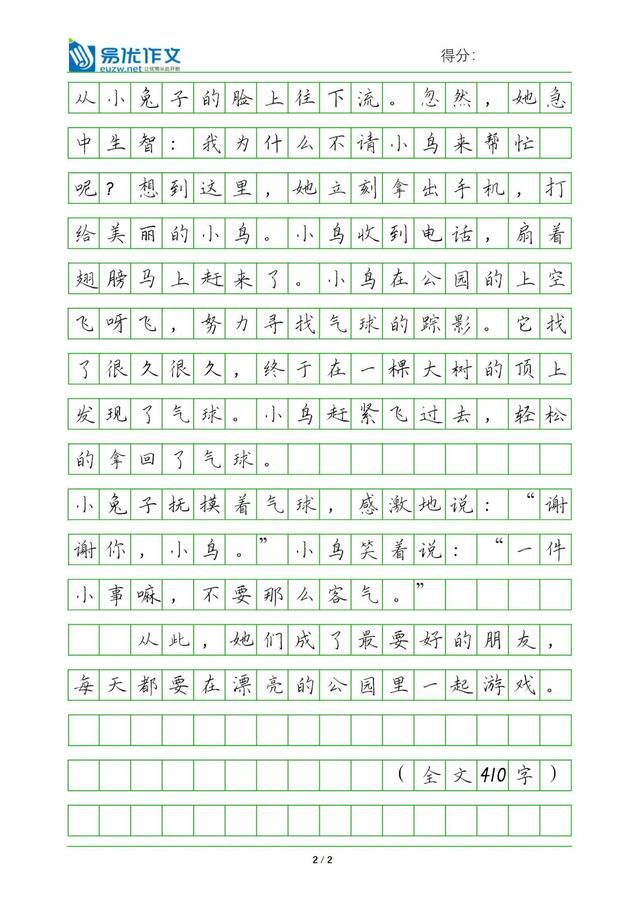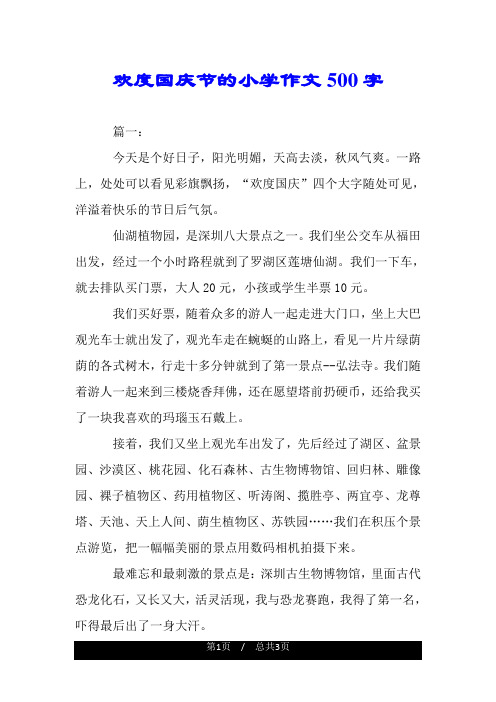有关春节的英语作文(春节英语作文要点)
The Spring Festival, also known as Chinese New Year, is the most significant and ceremonious traditional festival in China. It is a time for family reunions, filled with rich cultural connotations and various customs.

Firstly, the preparations for the Spring Festival start well before the actual festival. People begin to clean their houses thoroughly, which symbolizes sweeping away bad luck and welcoming good fortune. For example, families will clean every corner of their homes, wash windows and doors, and even clean their furniture. This is not just about tidying up the living space, but also an important part of the festive traditions. In addition, shopping for the New Year is an essential activity. People flock to markets and stores to buy new clothes, decorations, and food. The markets are bustling with people, and the atmosphere is extremely lively. Red lanterns, couplets, paper-cuttings, and other decorative items are purchased to add a festive touch to the homes. The streets are adorned with these traditional decorations, creating a warm and joyful ambiance.
The eve of the Spring Festival is a crucial day. Families gather for a sumptuous reunion dinner. The dinner features many traditional dishes, each with its own special meaning. For instance, fish is a must-have dish because it symbolizes abundance and surplus in Chinese culture. People also eat dumplings, especially in northern China. Dumplings have the shape of ancient Chinese gold ingots, so they represent wealth and good luck. During this dinner, family members sit around the table and share stories of the past year, express their hopes for the coming year, and enjoy the precious time together. After dinner, people stay up late, which is called "Shousui". This tradition has a long history and is believed to bring good luck and longevity. Some watch the Spring Festival Gala on TV, while others play card games or simply chat with family members.
On the first day of the Spring Festival, people wear new clothes and visit relatives and friends. Children are especially excited as they can receive red envelopes (hongbao) containing money from the elderly. This is not only a gesture of blessing but also a way to pass on good luck and wishes. When visiting others, people usually exchange greetings and wish each other a happy new year, good health, and prosperity. There are also many traditional activities taking place, such as setting off fireworks and firecrackers. These loud sounds are believed to drive away evil spirits and bad luck. In the past, the sound of firecrackers could be heard all over the city, but now, due to environmental concerns and safety reasons, the use of fireworks has been more strictly regulated in many places. However, the spirit of celebrating and the desire for a good start remain unchanged.
The Spring Festival is deeply rooted in Chinese culture and has a far-reaching influence. It embodies the values of family unity, respect for elders, and the hope for a better future. Through various customs and activities, people pass on the traditional culture from generation to generation. For example, the story of Nian, a mythical beast that was driven away by loud noises and red color, is told to children every year, making them understand why we have some of the Spring Festival customs. Moreover, the Spring Festival has also become more popular internationally. Many countries around the world now hold celebrations and events related to the Spring Festival, allowing people from different cultures to experience the charm of this unique Chinese festival.

In conclusion, the Spring Festival is a grand and meaningful festival that brings warmth, joy, and hope. It is a time for cultural传承 and family bonding. Its various customs and traditions make it an indispensable part of Chinese culture and a cherished memory for people all over the world.
文章大纲:1.春节的准备工作,包括打扫房屋、购置年货和装饰。
2.春节前夕的活动,如年夜饭、守岁等,以及各传统菜肴的含义。
3.大年初一的活动,穿新衣、走亲访友、收红包、放烟花等习俗。
4.春节在中国文化中的深远意义,以及对国际的影响,强调其文化传承和团聚的作用。 更多精彩》




